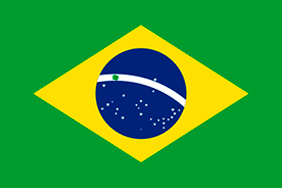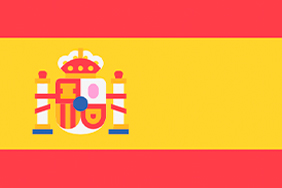Warning: Trying to access array offset on value of type bool in /home/wwbiof/public_html/wp-content/themes/jupiterx/lib/api/image/functions.php on line 61
Warning: Trying to access array offset on value of type bool in /home/wwbiof/public_html/wp-content/themes/jupiterx/lib/api/image/functions.php on line 62
Warning: Trying to access array offset on value of type bool in /home/wwbiof/public_html/wp-content/themes/jupiterx/lib/api/image/functions.php on line 63
Warning: Trying to access array offset on value of type bool in /home/wwbiof/public_html/wp-content/themes/jupiterx/lib/api/image/functions.php on line 61
Warning: Trying to access array offset on value of type bool in /home/wwbiof/public_html/wp-content/themes/jupiterx/lib/api/image/functions.php on line 62
Warning: Trying to access array offset on value of type bool in /home/wwbiof/public_html/wp-content/themes/jupiterx/lib/api/image/functions.php on line 63
Warning: Undefined array key "extension" in /home/wwbiof/public_html/wp-content/themes/jupiterx/lib/api/image/class-image-editor.php on line 179
Warning: Trying to access array offset on value of type bool in /home/wwbiof/public_html/wp-content/themes/jupiterx/lib/api/image/functions.php on line 61
Warning: Trying to access array offset on value of type bool in /home/wwbiof/public_html/wp-content/themes/jupiterx/lib/api/image/functions.php on line 62
Warning: Trying to access array offset on value of type bool in /home/wwbiof/public_html/wp-content/themes/jupiterx/lib/api/image/functions.php on line 63
Warning: Undefined array key "extension" in /home/wwbiof/public_html/wp-content/themes/jupiterx/lib/api/image/class-image-editor.php on line 179
Localizado no município de Cujubim em Rondônia, o Projeto REDD+ Manoa conta com uma área de aproximadamente 74 mil hectares de floresta nativa, compondo um importante mosaico florestal junto a Unidades de Conservação. O corredor inclui a Resex Rio Preto Jacundá, onde a Biofílica também desenvolve um Projeto de REDD+.
A conservação da biodiversidade tem especial relevância para a região, uma vez que o estado de Rondônia já teve sua área desmatada em mais de 50%1. Além disso, o estado continua apresentando tendências de desmatamento, sendo o estado mais desmatado em 2016 em termos absolutos2.
O desmatamento desordenado das últimas décadas tem forte relação com invasões de unidades de conservação e áreas privadas, resultante principalmente da fragilidade fundiária e baixa eficiência de fiscalizações. Devido ao processo de fragmentação florestal, que vem se acentuando ano a ano, os grandes remanescentes florestais, como no caso da área do projeto Manoa, tornam-se cada vez mais essenciais para a manutenção da biodiversidade na região.
Os estudos já realizados na área com o financiamento da Biofílica identificaram uma grande riqueza de fauna, incluindo espécies em alto risco de extinção. Algumas espécies registradas na área foram destacadas devido a características endêmicas e distribuição restrita, que reforçam a importância da conservação desse ecossistema. Dentre as principais espécies registradas destacam-se: Hypocnemis ochrogyna (cantador-ocráceo), Amazilia rondoniae (beija-flor-de-cabeça-azul), Ateles chamek (macaco-aranha-de-cara-preta), Mico rondoni (sagui-de-rondônia) e Panthera onca (onça-pintada).
Além do registro de espécies vulneráveis e até mesmo raras (sagui-de-rondônia), foi identificado um local com aspectos especiais na área do projeto, denominado “saleiro ou barreiro”. Os saleiros são áreas com pouca vegetação e solo exposto e contém grande quantidade de nutrientes. Servem de atrativo para a fauna, pois os animais praticam a geofagia (ingestão de solo), que auxilia na complementação da alimentação. Estas áreas são consideradas ambientes de extrema importância para a biodiversidade, além de indicar alto nível de conservação no local.
Neste cenário, a Biofílica entende que o Manejo Florestal Sustentável, de baixo impacto e certificado pelo FSC, somado ao potencial de geração de créditos de carbono pelo projeto REDD+ são essenciais para a conservação da biodiversidade local e geração de conhecimento científico, cujos benefícios vão muito além das fronteiras da floresta.


